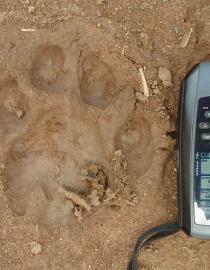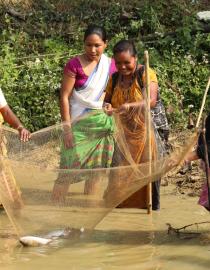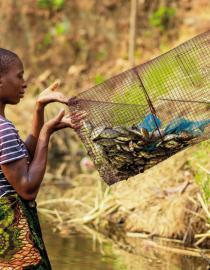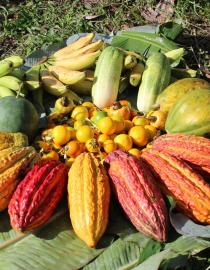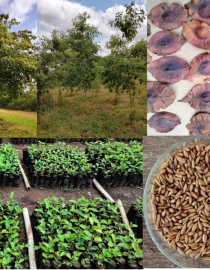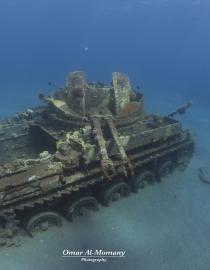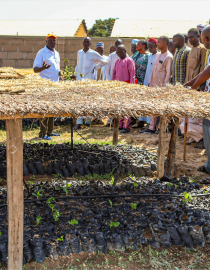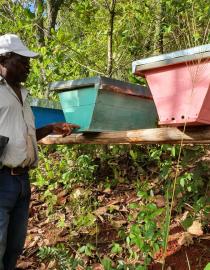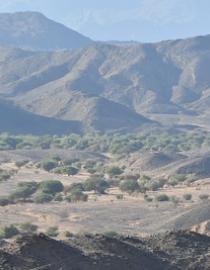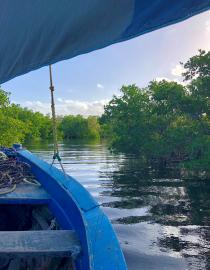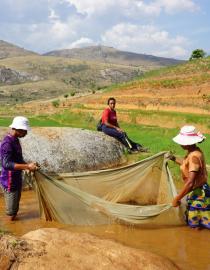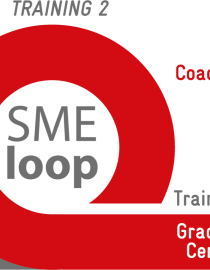
solutions
1. Assessment and selection of entrepreneurs
2. First Training: Business Analysis
3. First Coaching Phase: Strategy Formulation
4. Second Training: Business Improvement Planning
5. Second Coaching Phase: Business Improvement and linkages
6. Graduation Ceremony
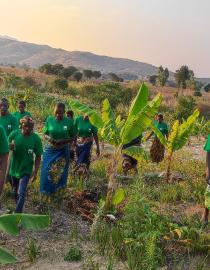
Establishing local leadership and community-buy in
Selecting and Training of Lead Farmers
Conducting Demonstration Days and Hands-On Learning
Integrating Traditional Knowledge and Sustainable Practices
Addressing Socio-Economic Needs Through Livelihood Alter-natives
Establishing Strong Support Systems and Monitoring
Analysis of gender roles and capacities in the value chain
Capacity building
Awareness raising
Management roles for women
Platforms for women in the fish value chain
Approach
Conducting vulnerability study
Piloting intermittent harvest technique
Rolling out mitigation strategies
Indigenous Trees for Climate Resilience in Drylands
Enhancing Alternative Livelihoods for Dryland Communities
Advancing Red Pod Terminalia Propagation Techniques
Sustainable Agriculture and Landscapes Management
Community strengthening
Livelihood Support through Public Private Partnership
Institutional strengthening & sustainability
Farmer-led irrigation development plans
1. Participatory Needs Assessment
2. Inclusivity in Decision-Making
3. Capacity Building
4. Instilling sense of Stewardship among Community Members
5. Continuous Monitoring and Evaluation
The Power of Knowledge about Mangroves in Shaping Conservation and Policy
The Key Processes in Integrating Mangrove Conservation into National Policy
Building Effective Partnerships for Mangrove Conservation and Policy Integration
The nutrition value of fish
Evidence: The current role of fish
How to make more fish available in the local market
Benefits of small-scale aquaculture comparing to industrial production
Regular evaluations

